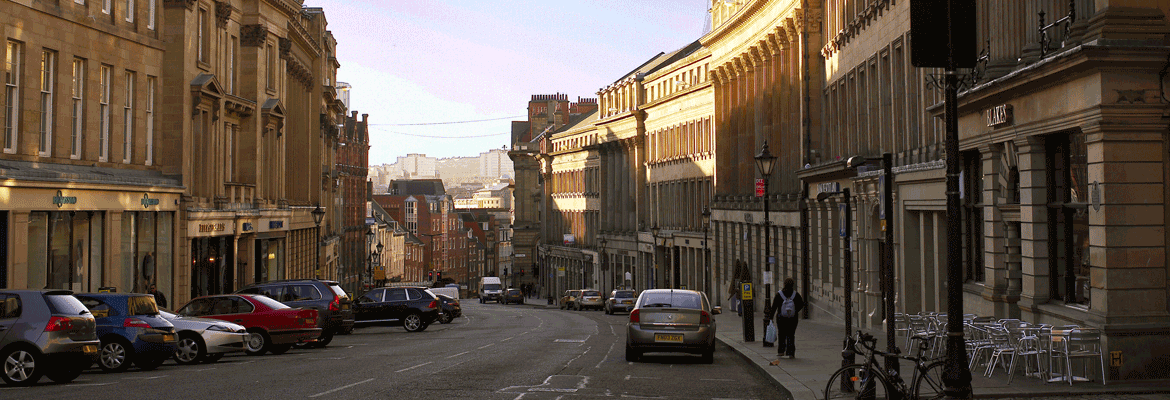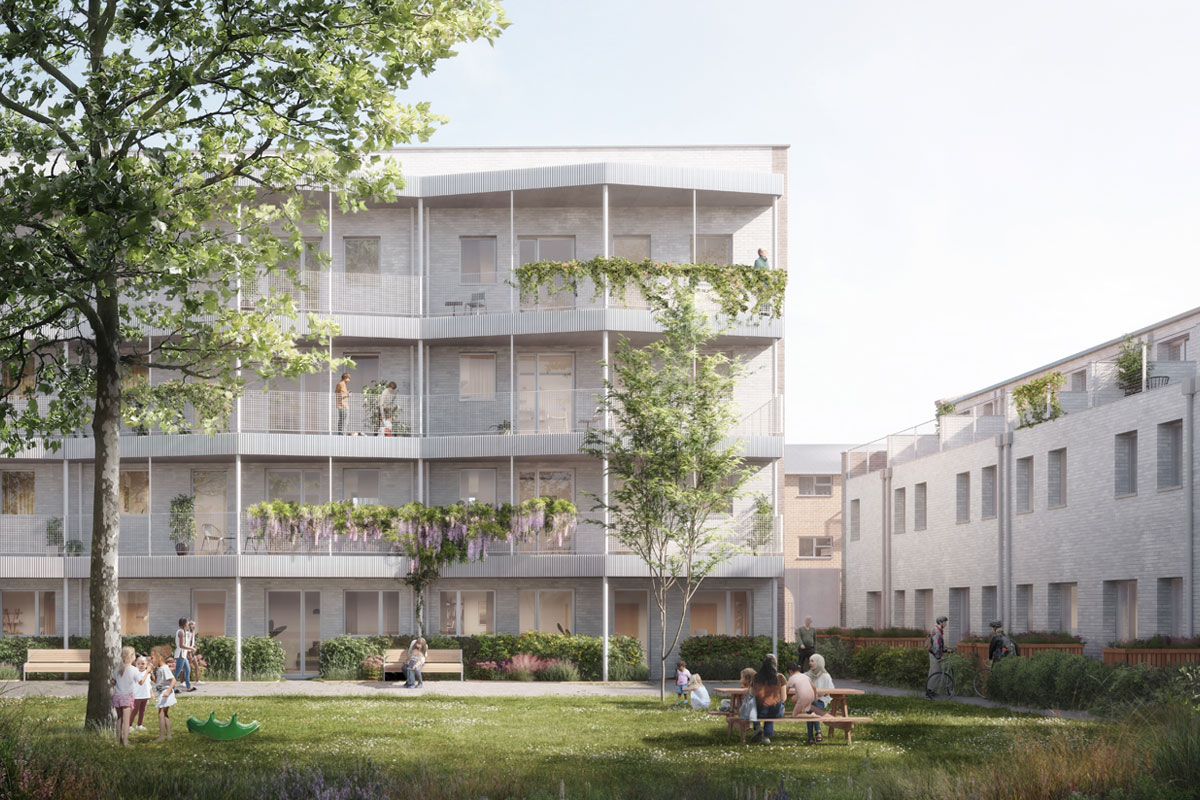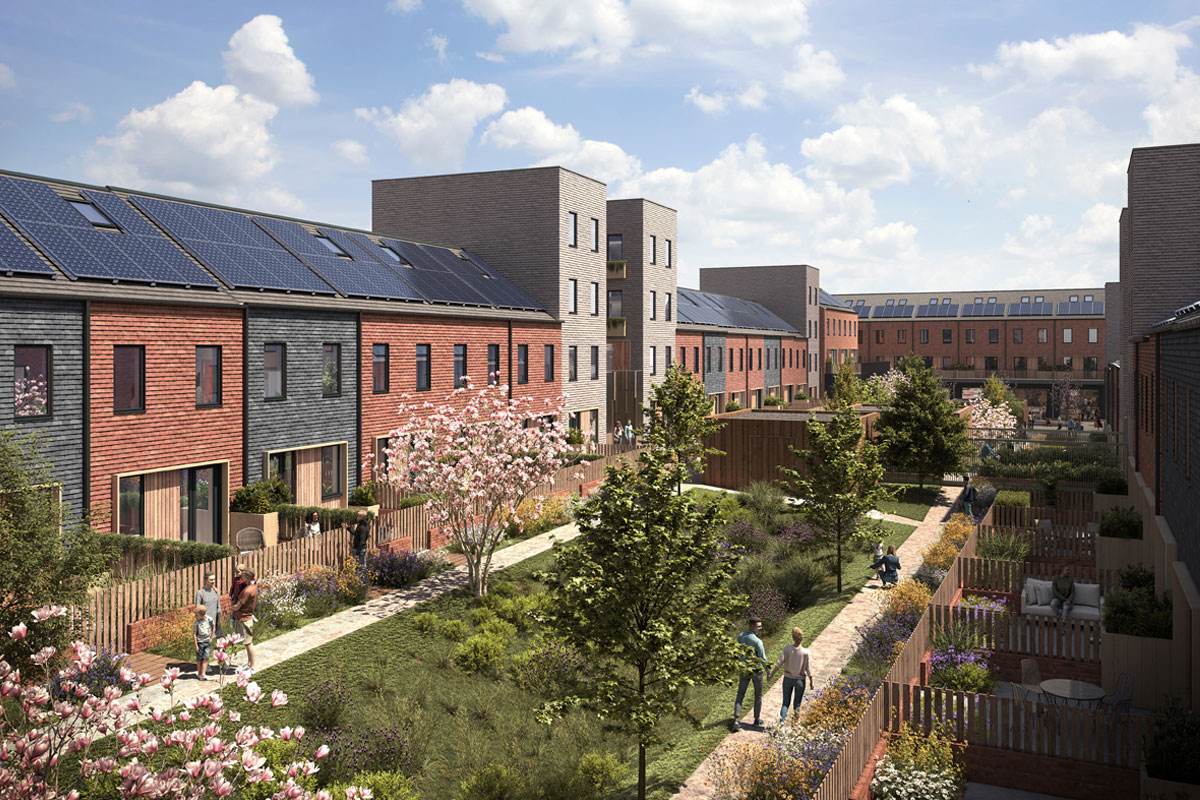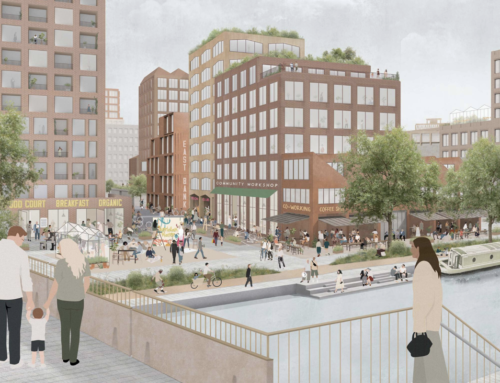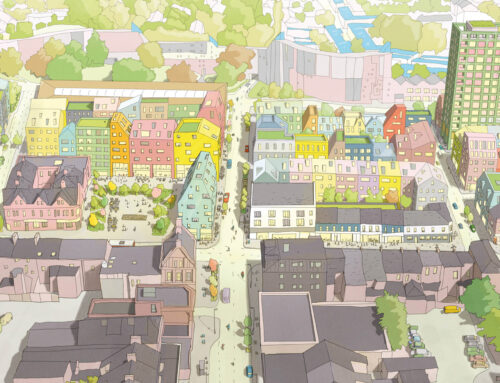10th March 2015
IN PRAISE OF GREY STREET
10th March 2015
IN PRAISE OF GREY STREET
Share
Neil Murphy, Director of TOWN, was recently invited by research institute Create Streets to submit a personal reflection on Grey Street, the winner of its Favourite Streets survey 2015. Here is what he wrote:
Grey Street was the first I ever saw of Newcastle. Arriving at the airport on a warm Friday in July 2005, I had been told by the officer arranging my possible secondment to the City Council to take the metro to the Monument where he’d meet me to start a tour of the city. It was great recruiting trick: I came up the steps and onto this street full of people, the new paving from the recently completed Grainger Town project glinting in the sun, and this quite extraordinary curve of classical stone buildings disappearing down the bank towards the Tyne. I wasn’t sure what I expected but it wasn’t what looked like a slice of Georgian Bath, but more bustling and less – in a good way – pretty.
Grey Street looms large in the in the Tyneside psyche. Earl Grey’s Monument at its head is probably where you would go if someone told you, vaguely, to meet them in the centre of town; commemorating the Great Reform Act of 1832, it’s also a reminder of Newcastle’s radical and progressive political tradition. An image of Grey Street looking its finest is what adorns the front of the next day’s local paper every time the city or region is traduced by London journalists comparing it to Detroit or lamenting the poverty that persists a 20 minute walk east or west. Built by the developer Richard Grainger mostly in the 1830s, with John Dobson foremost among its architects, Grey Street follows the line of the buried Lort Burn, which accounts for the “descending subtle curve” to which Pevsner ascribed Grey Street’s visual power.
It is, of course, a terrific advert for Georgian proportions, classical detailing and building with stone. But what really makes Grey Street work is that, behind the grand façades, it is the epitome of the adaptable city street; made up of what Stewart Brand would call ‘learning’ buildings that have proven robust to nearly two hundred years of social and economic change. It is still one of the premier office addresses in the city (although there are always a few ‘to let’ boards peeping out from between the columns), but floorplans come and go, there’s knocking through and subdivision; and at street level former banks and agencies have become congenial homes for cafes, restaurants, galleries… and indeed more banks and agencies. At the moment, there’s a march of mid-market eateries down the hill; not to everyone’s liking, but it keeps the street agreeably busy and of a sunny summer afternoon with the pavement tables out it’s more Nice than Newcastle. For the more change-averse – fingers crossed – we’ll always have the exquisite Theatre Royal with its colonnaded façade, Blakes coffee house and Bagnall & Kirkwood (for all your shooting and fishing needs).
What would make Grey Street even better? Easy: the southern half is still essentially a car park, with a very wide carriageway. The City Council should finish the job started by the Grainger Town regeneration project at the turn of the century, and reclaim it for people.
In the meantime, Grey Street is a worthy winner of Create Streets’ rigorous and entirely scientific poll.
